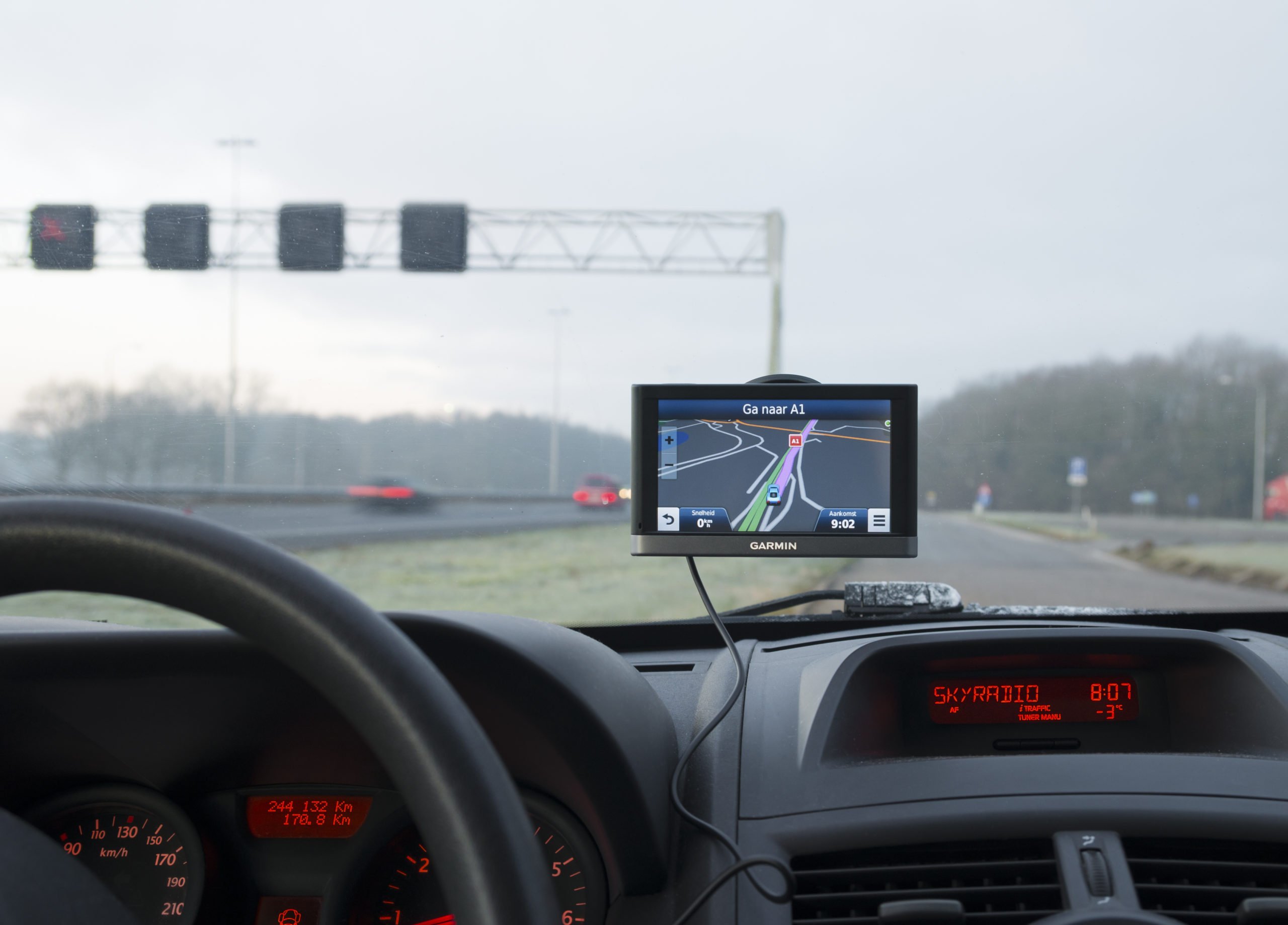In rainy German cities, key car industry executives look gloomily through the windows of their modern and somewhat dull headquarters. At bedtime, they're probably having nightmares about a future doomsday, where they lose the race on self-driving cars and usher in the end of the European car industry as we know it.
Meanwhile, phones are going off the hook at the European Commission with angry and worried requests to block the acquisition of the European crown jewel of location-based data – Nokia HERE – by US tech giants like Uber, Facebook, and Amazon.
The battle has begun
Why is this happening? The thing is, more and more businesses are now relying on a variety of location-based services to power their websites or run their applications.
So why are all those US companies striving to be the owners of a high-cost and low-margin business instead of happy, risk-free customers? Historically, gathering data to generate accurate basemaps, routing and geocoding has been dramatically expensive. With all those cars moving around our streets, Google is said to be spending over $1 billion a year on this (so yes, maybe its acquisition of Waze does make sense after all).
This is such a hard business, that only four global players have mobilised relevant location data with nearly worldwide coverage: Google, TomTom (thanks to Navteq’s rival Tele Atlas data), Nokia HERE and OpenStreetMap. Despite Nokia HERE's massive asset of having great Navteq data, it faces many of the same scaling challenges as Google. Unfortunately, the coverage of OpenStreetMap may still not be sufficient to guide self-driving cars or use in other specific business purposes.
Back in Germany, those car executives are sizing up the situation too. Over 80 percent of the in-car navigation systems and many geospatial projects rely heavily on Nokia HERE. The combination of reliable data and coverage – when compared to OpenStreetMap – and the more flexible terms of use – when compared to Google – have made Nokia HERE the choice of many. In fact, even ESRI, the GIS industry mammoth, uses Nokia’s data for many in-tool services. Without us even noticing it, location-based services have quietly crept into many of the systems we use everyday.
READ MORE: OpenStreetMap – What's next for the 'Wikipedia of mapping' as it turns 10?
Back to the acquisition of Nokia HERE, the room seems to be set for a gloves-off bidding war.

The purchase of Nokia HERE will have significant impacts on many industries. It's likely that Google Maps as well as Apple Maps, who just acquired California-based GPS startup Coherent Navigation, will continue focusing on mapping products for consumers and navigation products for vehicles. Both Google’s announcement earlier this year to discontinue Google Maps Engine and Apple’s recent acquisition of Coherent Navigation both point in this direction. In the meantime, OpenStreetMap and its community will likely continue to improve and fill holes being created in the current industry shuffle.
Once the dust of the battle settles and a winner emerges with billions of dollars less in their pocket, a key question is: what will happen when the access to HERE’s data and mapping services is closed to the rest of the industry?
Considering the growing geospatial interest of the likes of Amazon, Facebook, Tesla and, of course, Uber, it's clear that there is a lot to gain in the control of this information. Package and drone delivery planning, pick-up/drop-off routing or energy grid-mapping have become core competences of these companies and they will need to develop very customised algorithms and enrich existing location-based data sources with their own data collection in order to provide better services and beat their competitors.
So what about the rest?
Eventually, many of the other big corporations may have to license location-based services and data from one of their competitors – if they have access to this data at all. Perhaps OpenStreetMap and its community will become the neutral, open-for-all and no-cost alternative. But even that will still require some big investments, both in time and money.
The reality is that the whole geospatial analysis industry is way too vulnerable to have a single provider.
At CartoDB, we made an early assessment of the environment and worked to remain location-based services agnostic in hopes of enabling our users to choose from all of the providers, depending on their specific needs and restrictions, to always get the best, and most cost-effective, location data.
Different levels of accuracy (and certainly pricing) will be needed for different use cases, ranging from infrastructure GIS to location intelligence. By enabling a democratisation and furthering the commoditisation of location-based services access, we will help business professionals to take more informed decisions at affordable costs and with the data they need.
So, while things may look gloomy for execs in many industries tied to location-based services, geolocation is burning hot. Building wisely on tools and using caution when creating tie-ins to valuable data streams will be the mantra around location-based services for years to come.
But outside of that, looking to the wider geospatial industry, technological disruption has just begun.
Stay tuned.
READ MORE: Sweden's Mapillary wants to crowd-source a better Google Street View
Featured image credit: hans engbers / Shutterstock.com



Would you like to write the first comment?
Login to post comments